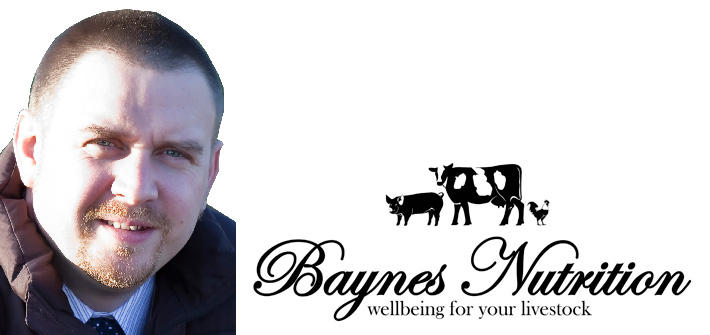Changes in permitted levels of Vitamin A in pig diets has led to a bit of confusion and potentially a few changes in dietary requests for finishing pigs.
On May 5, 2015, the EU implemented a new regulation on the maximum permitted use of Vitamin A in many animal species. For pigs, this now means that from November 26, 2015, any premix designed and supplied for use with “fattening pigs” should provide a maximum level of 6,500 IU (international units) of Vitamin A per kg of feed. This has created a little confusion within the industry, as what defines a “fattening pig”?
For most purposes, I’d suggest a fattening pig is one from 12 weeks of age, or about 40kg, as this then ties in with the specifications in the EU copper regulation. However, guidance suggests it could follow the old copper regulation, that came into play at 16 weeks of age.
This may create practical difficulties, as many home-mix producers tend to use one finisher premix from 12 weeks to slaughter. They could now quite easily request two finisher premixes – an “early finisher” from 12 weeks to 16 weeks and a “late finisher” premix thereafter.
So what’s behind this change and does it actually matter?
The change has been implemented due to a perceived risk to human health. It was proposed by a scientific opinion paper from the European Food Safety Authority (EFSA). The risk could be for the workers handling Vitamin A, as it’s a known skin irritant. But it’s also to protect against toxicity through inhalation, although there’s no data available on levels of inhaled Vitamin A and subsequent damage. It’s also to reduce the risk to end consumers through consumption of liver.
EFSA states that: “All exposure calculations showed that liver is the only food of animal origin for which consumption poses a risk to the adult consumer”. But how much liver do you have to eat before it becomes unhealthy?
The liver is a storage organ for Vitamin A. According to the NHS, excess Vitamin A consumption over years can build up, potentially leading to a greater chance of bone fractures in old age. The NHS Choice document, Meat in Your Diet – that gives absolute levels – suggests that by eating liver or liver paté once a week you could be exceeding the advised maximum 1.5mg of Vitamin A per day (advised daily intakes are 700 micrograms for a man and 600 micrograms for a women).
I’m not a big lover of liver, but I do enjoy the occasional bit of paté on toast. Personally, I have different concerns about my quality of life as I get older, rather than how much Vitamin A is in my diet, but now somebody has taken that decision for me, and the rest of us in the EU!




